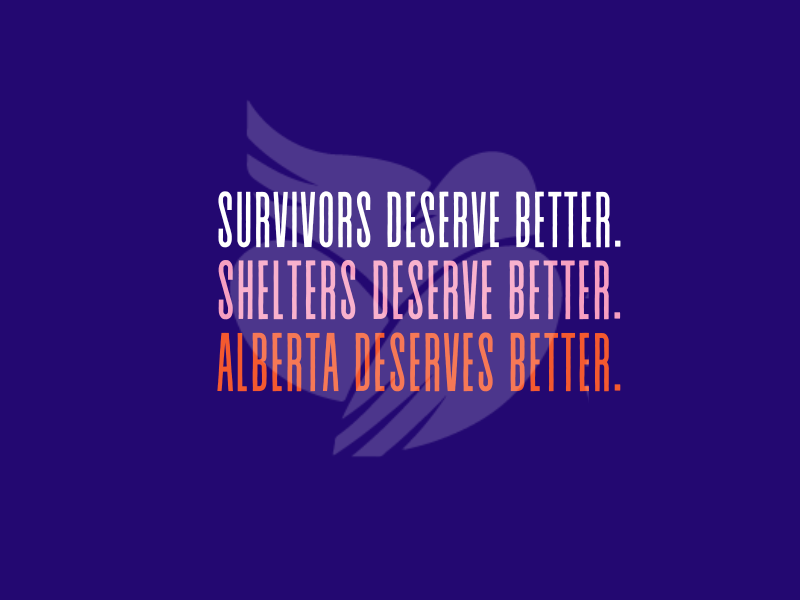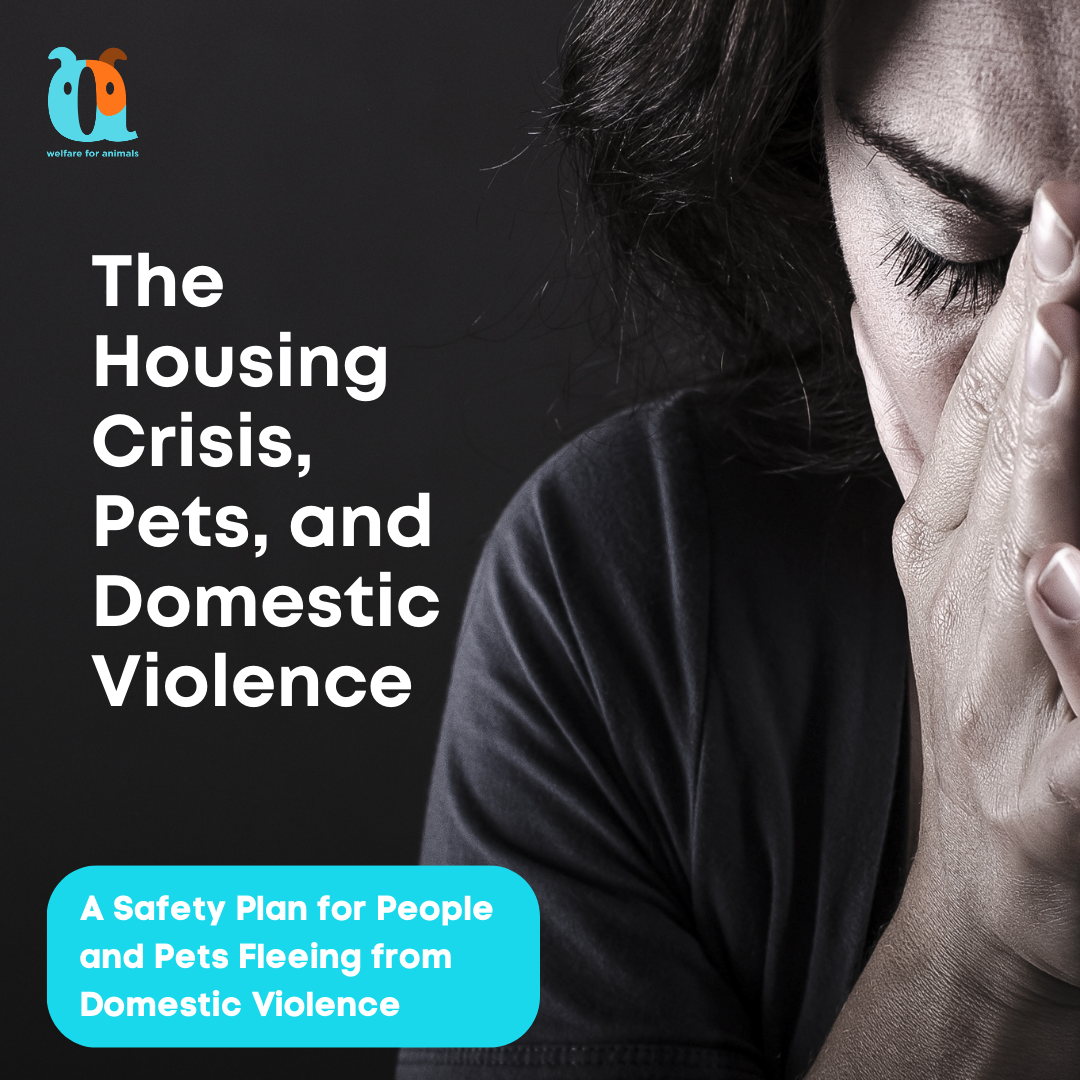The Housing Crisis, Pets,and Domestic Violence
One of the hidden aspects of the housing crisis is a lack of safe shelters for victims of domestic abuse.
“Women’s shelters were originally designed for short-term stays, and when there is no affordable housing it’s a domino effect, creating a bottleneck in emergency shelters as there are no affordable housing options for women experiencing abuse.”
Lana Wells, associate professor in UCalgary's Faculty of Social Work and Brenda Strafford Chair in the Prevention of Domestic Violence
Affordable housing is a critical need for victims of domestic violence to have a safe place to stay. However, the lack of shelter space, affordable, and pet-friendly housing means that victims and their pets can’t leave abusive and dangerous relationships because they have nowhere else to go.
In 2021-2022, the demand for domestic violence shelters increased by 36% but shelters are struggling to meet the demand due to a lack of funding. Shelters across Alberta have not received an increase in operation funding from the Alberta government since 2016. Which is in no way matching the current 2023 inflation, cost of living, or skyrocketing demand for shelters.
Between April 1, 2021 and March 31 2022, the Alberta Council of Women’s Shelters (ACWS) sheltered 7,620 abuse survivors and their children. Due to a lack of capacity or the ability to meet their needs, more than 19,000 requests for shelter were unable to be granted, along with 10,000 requests to shelter children accompanying the victims of domestic violence across Alberta.
How are pets connected with domestic violence?
Along with partners and children, pets are often witnesses and targets of violence, leaving them with lifelong trauma. Abusive partners will threaten, physically harm, or even kill pets to coerce and exert control over their partner. The abuser knows that the pet is a source of comfort to the victim, therefore by threatening to or physically harming the pet, the abuser is harming the victim too. Additionally, some pets may even try to insert themselves between the abuser and victim, to protect the victim during a violent episode.
According to the Domestic Violence Awareness Project, “up to 70% of domestic violence victims have pets. Of those with pets, 48-71% have reported that their pets have been abused or killed.”
When victims of domestic violence, are thinking of leaving, they don’t want to leave without their pet as they are afraid of what will happen to their pets. Or that they may encounter their abusive partner when they try to check on, feed or walk their pet after they leave.
Source: “Pet Fostering for Victim Survivors of Domestic Abuse: A UK Perspective.” Dr Paula Boyden BVetMed MRCVS, Veterinary Director, Dogs Trust Chair, The Links Group
The housing crisis and pets
Many shelters for victims of domestic violence do not allow pets as they:
Don’t have the space or resources
Other victims are scared of or allergic to pets
The animals have also been abused and are exhibiting behavioural problems such as aggression due to the trauma of living in chronic fear and stress as well as sensitivity to any handling from the abuse or undiagnosed pain from improperly healed injuries
Diversity of animals that people own such as cats, dogs, birds, fish, hamsters, lizards, snakes, to horses
Lack of established ownership of the pet
Without the support of affordable housing and limited spaces at shelters, especially the few shelters that allow pets, victims feels that they have no other option but to stay – leaving them and their pets at risk of harm.
Safety Plan
For victims of domestic violence with pets who are thinking about, are planning to leave, or have left, we’ve created a safety plan with guidelines to help.
In this safety plan are tips on:
How to keep your pet safe when you leave
Establish proof of ownership before you leave
And how to keep you and your pet safe when you have left
Click HERE to access our free “Safety Plan for People and Pets Fleeing Dometic Violence”.
If you are experiencing domestic violence and need someone to talk to, click here for a list of services and organizations that can help you or your children.
For our next blog on the housing crisis and pets, we will discuss domestic violence and what veterinary communities can do to assist- along with a domestic violence exam checklist for dogs and cats.
Sources:



